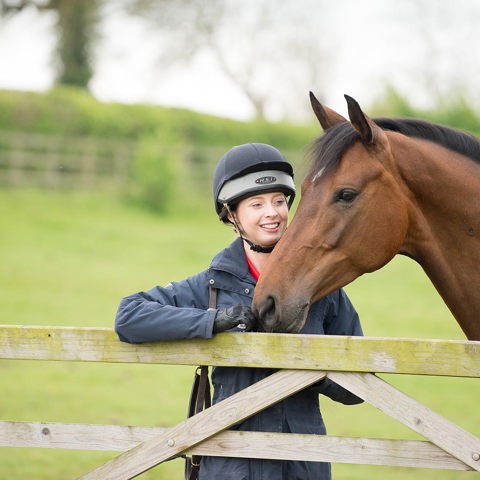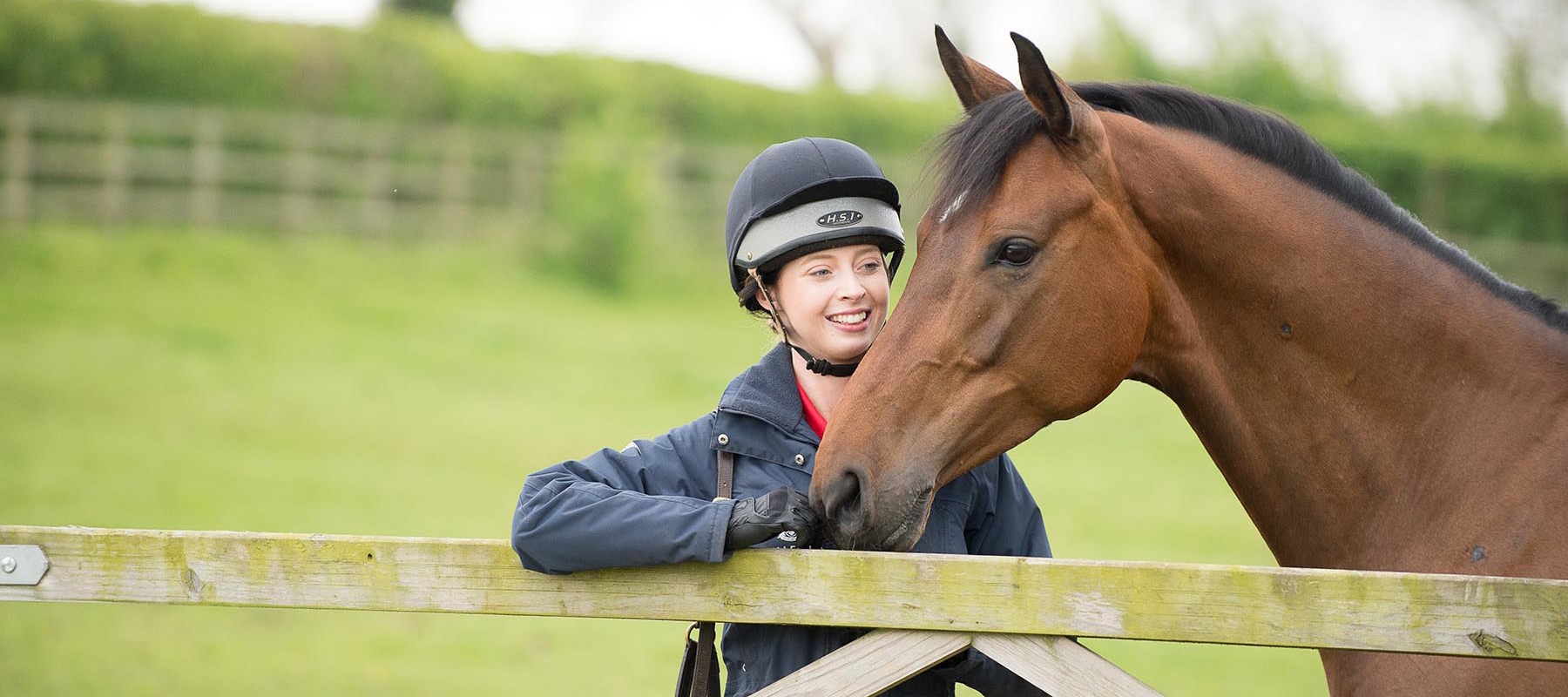Make a list of what you want to know and speak to the seller before arranging a visit, as their answers could save you a wasted journey, time and money. Most sellers have videos of their horse that they can share with you.
You might find these questions helpful, depending upon the type of horse you are looking to buy or loan
- Why is the horse for sale?
- Would you class the horse as a novice/ experienced ride?
- What’s the horse’s temperament like?
- What work is the horse currently doing?
- Has the horse ever had any injuries/illness?
- What’s the horse’s normal routine during summer and winter?
- How does the horse behave with other horses, both when ridden and turned out?
- Is the horse good to hack out alone and in company?
- Is the horse registered with a breed society or eligible for registration?
- Which Passport Issuing Organisation has issued the horse’s passport?
- What tack and rugs are included in the price?
- What’s the horse like to load, catch and clip?
- How does the horse behave with the farrier and the vet?
- How long have you owned the horse? Where did you buy the horse from?
- Has the horse ever suffered with laminitis, sweet itch or colic?
- Is the horse shod?
- How does the horse behave at shows?
- Are the horse’s vaccinations up to date?
- Does the horse have any stereotypies (stable vices like weaving or wind-sucking)?
Reputable sellers will want you to understand as much as possible about the horse. Viewings are a waste of everyone’s time if the horse isn’t suitable, so don’t feel embarrassed about asking a lot of questions beforehand! A genuine seller that wants the best home for their horse should be trying to understand as much as they can about you, too; if they aren’t interested in their horse’s potential new home that could be a danger signal.
Take the time to consider the seller’s answers, and if the horse sounds ideal, arrange a viewing. Make it clear beforehand what you would like to see: for instance, the horse being caught and brought in from the field, ridden in the school, lunged, jumped, ridden out on the road or in an open field. You might also consider asking to see how the horse loads.
At the Viewing
It’s a good idea to video the viewing on a mobile phone, so you can concentrate and take your time watching everything back later.
Take an experienced person with you to the viewing, who understands your riding capability and requirements. Many BHS Coaches will provide this service and give their professional view on the horse’s suitability for you, in order to help you make an informed decision. (However, your coach cannot advise you whether you should purchase the horse, or give their opinion on the horse’s value, as this is outside of their professional scope.)
Look around you to assess what sort of environment the horse is in. What sort of impression does it give you? Are there any signs that concern you? Has the horse come out of a stable that shows signs of door-chewing or weaving? Does the horse show any indication of having already been ridden that day? Observe the horse being handled, and check their general health, including body condition, hooves, legs, and signs of any old injuries or any abnormalities.
You may want to see the horse trotted up before they are tacked up so you can observe their movement. You may wish to tack the horse up yourself, with your advisor observing the horse, but if the seller tacks up for you, watch closely – does the horse fidget, kick out or try to bite? Does the horse accept having the saddle and bridle on, or are there signs of resistance or being head shy?
Trying the horse
Don’t ride the horse yourself to begin with – the seller or their representative should ride the horse first, while you watch. They should show you the horse in walk, trot, canter and over a jump so that you can observe the horse’s paces and behaviour under saddle. Always put your safety first, and if you or your advisor have any concerns at all about riding the horse yourself, then the horse probably isn’t suitable for you.
If you’re confident that it is safe to ride, don’t be over-ambitious. Remember this is a new horse for you - and you are a new rider for the horse. However, putting the horse through their paces of walk, trot, canter and over a jump should be acceptable for a horse in regular work.
Having tried the horse and asked all the questions you can think of – don’t make an instant decision! Take the time to look through the videos and discuss the viewing with your advisor. Don’t be afraid to ask the seller more questions or to arrange a second viewing with a different advisor. If you decide the horse is not for you, let the seller know straightaway.
It can sometimes take many viewings to find the right horse, but don’t be disheartened: they are worth waiting for.


